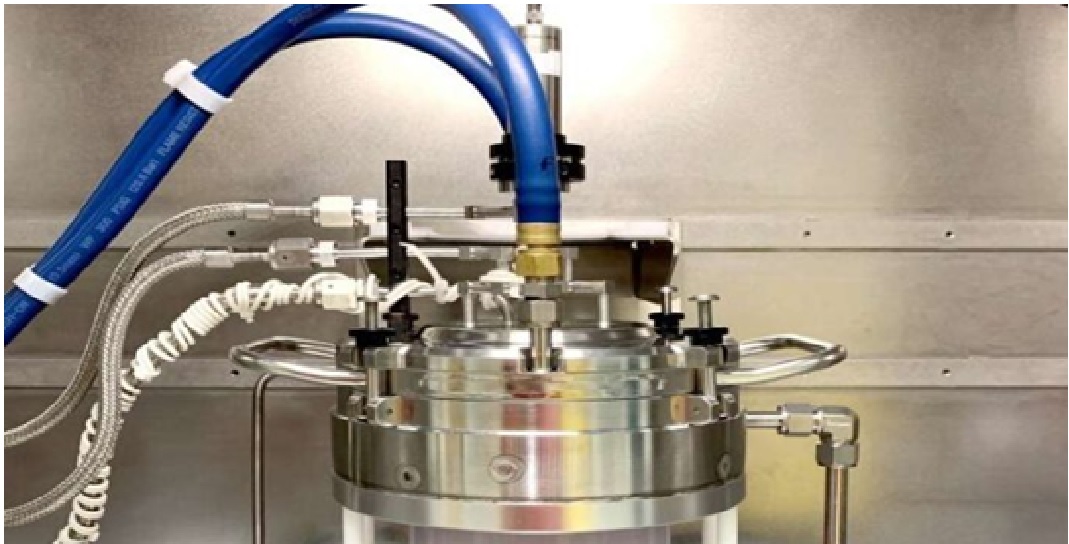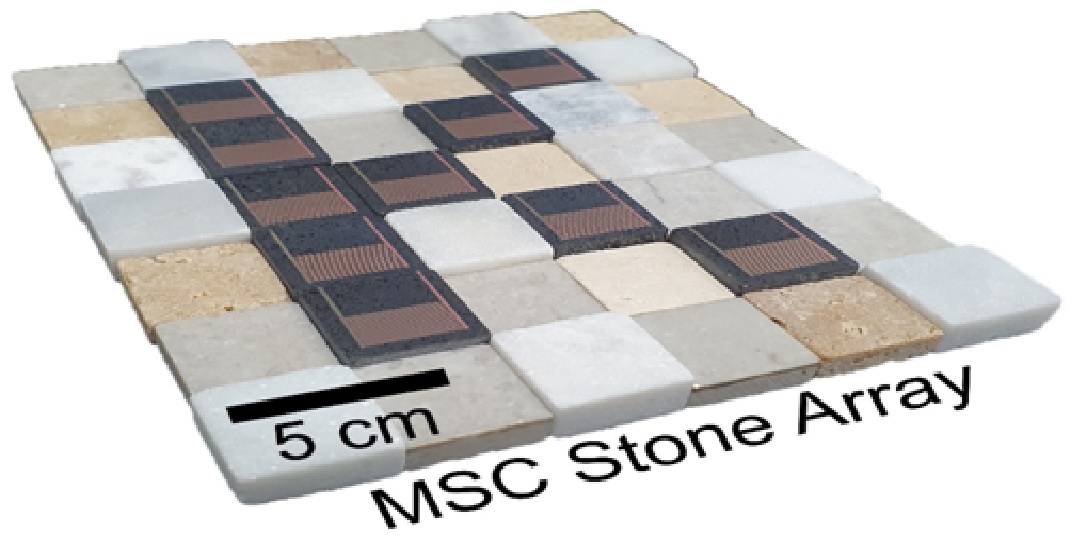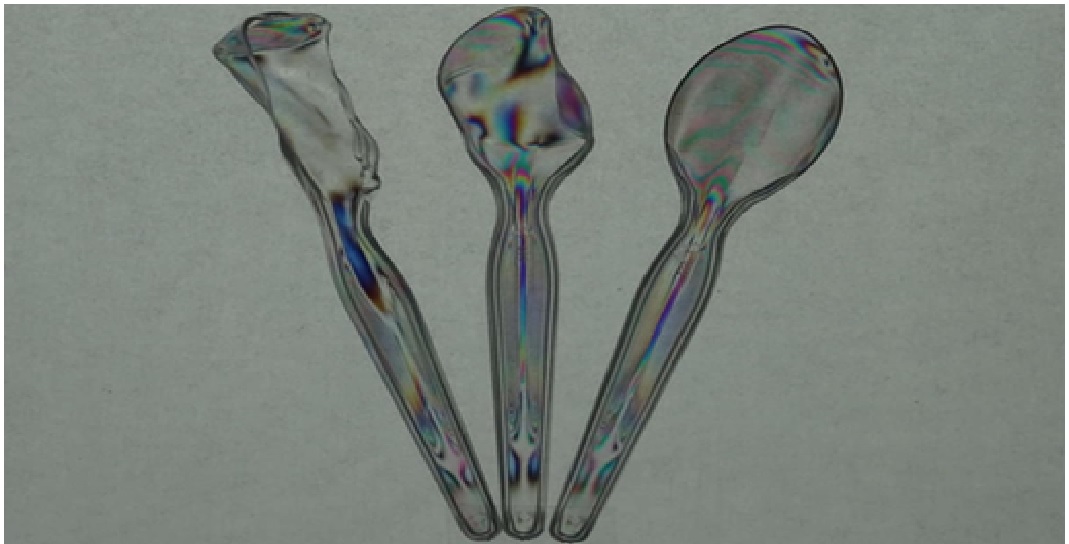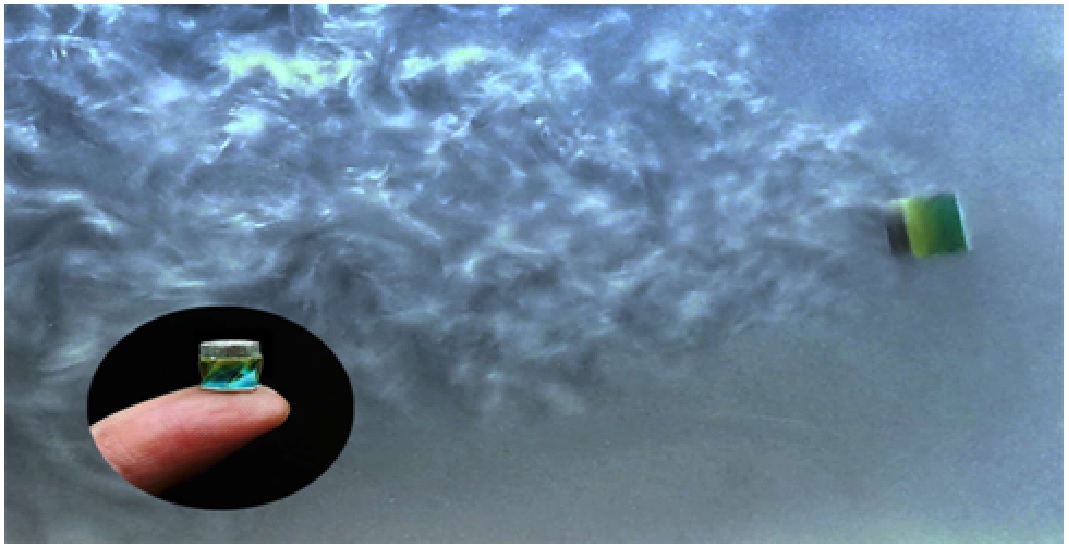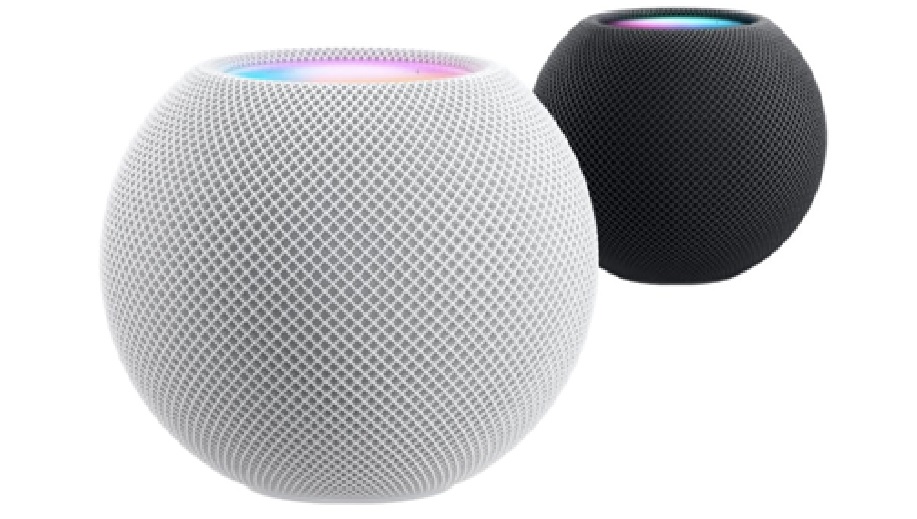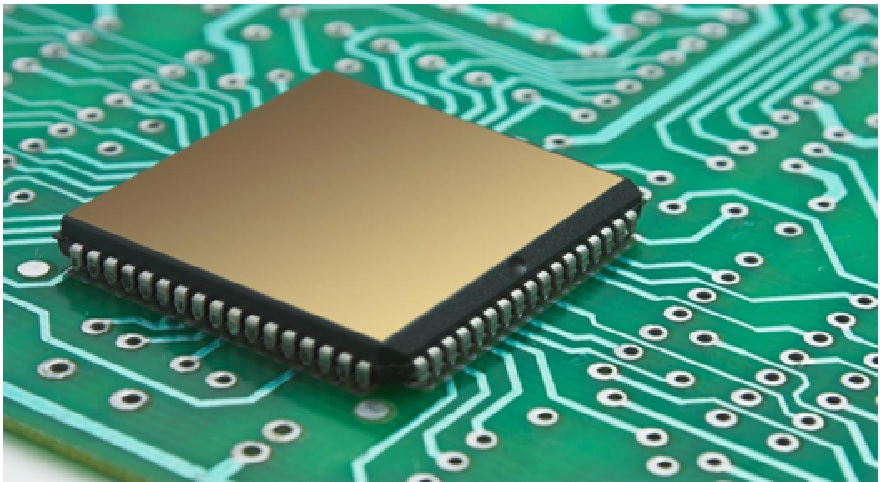Electricity from Air-Moisture using Self-Charging Device
Researchers from the National University of Singapore’s (NUS) College of Design and Engineering (CDE) developed an ultra-thin device to generate electricity from moisture present in the air.
A team of researchers led by Assistant Professor Tan Swee Ching from the Department of Materials Science and Engineering under CDE invented a new technique of moisture-driven electricity generation (MEG) device that is capable of maintaining the difference in water content across the regions for the generation of electricity and continue to produce output for long hours. [1]

Figure 1. Electricity from Air-Moisture using Self-Charging Device
Figure 1 shows the concept of MEG devices is based on the ability of various materials to generate electricity as a result of interaction with moisture in the air. This field is of increasing interest due to its potential for a wide range of real-world applications, including self-powered devices such as wearable electronics such as health monitors, electronic skin sensors, and information storage devices.
The main problems of current MEG technologies include water saturation of the device when exposed to environmental humidity and unsatisfactory electrical characteristics. Therefore, the electricity generated by conventional MEG devices is not sufficient for power supply electrical devices and is also not sustainable. [2]
Long-lasting, self-charging fabric-based 'battery'
One region of the fabric is coated with a hygroscopic ionic hydrogel, and this region is known as the wet region. Made using sea salt, the special water-absorbing gel can absorb more than six times its original weight, and it is used to harvest moisture from the air.
Once the MEG device is assembled, electricity is generated when the ions of sea salt are separated as water is absorbed in the wet region. Free ions with a positive charge (cations) are absorbed by the carbon nanoparticles which are negatively charged. This causes changes to the surface of the fabric, generating an electric field across it. [3]
The NUS team has also successfully demonstrated the scalability of its new device in generating electricity for different applications. In lab tests, they connected three pieces of the power-generating fabric together and placed them into a 3D printed case that was the size of a standard AA battery. The voltage of the assembled device was tested to reach as high as 1.96V, which is enough to power small electronic devices such as an alarm clock. [4]
References:
- https://www.electronicsforu.com/news/whats-new/electricity-from-air-moisture-using-self-charging-device
- https://illinoisusanews.com/an-ultra-thin-self-charging-device-that-generates-electricity-from-moisture-in-the-air/50454/
- https://www.sciencedaily.com/releases/2022/08/220817104036.htm
- https://www.inceptivemind.com/self-charging-fabric-generates-electricity-air-moisture/25879/
Cite this article:
Thanusri swetha J (2022), Electricity from Air-Moisture using Self-Charging Device, AnaTechMaz, pp.282



